Step inside one of Bergen’s most overlooked yet profoundly moving historical sites: a preserved leprosy hospital that reveals the human stories behind a forgotten epidemic.
When thinking of museums to visit in Norway, what comes to mind? Perhaps the Viking Ship Museum or Oslo’s Vigeland Sculpture Park? Maybe the Alta rock carvings or the striking Petroleum Museum in Stavanger?
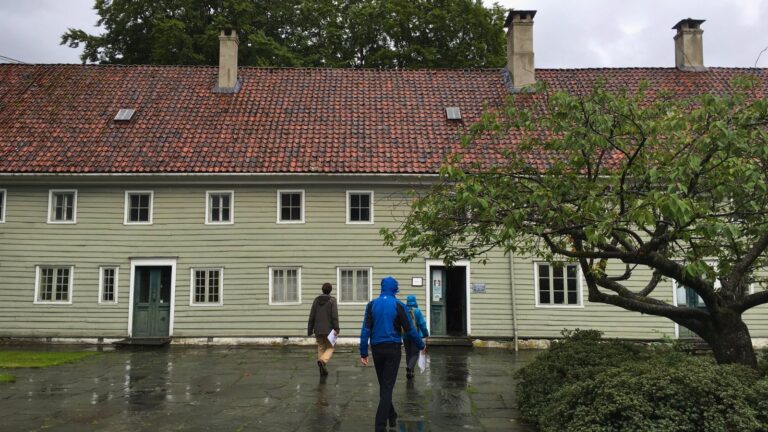
Whatever made your shortlist, I’ll wager your first thought wasn’t a museum dedicated to leprosy.
And yet, St. George’s Hospital, now known as Bergen’s Leprosy Museum, stands out as one of the city’s most unusual and thought-provoking historical attractions.
It’s not a cheerful experience, but it is an unforgettable one. If you're looking for something a little different to do on your next visit to Bergen, this could be it.
A Window into Bergen’s Hidden History
Tucked away on Kong Oscars gate, just a short walk from Bergen’s railway station and the charming Marken district, the museum is housed within the former St. Jørgen’s Hospital, one of the oldest institutions in the city.
The hospital was founded in the 15th century and served leprosy patients until well into the 20th century. Its current wooden buildings date to the 18th century, rebuilt after two major fires devastated the city.
What makes this museum particularly compelling is its deep connection to Bergen’s social and medical history. At one point in the late 1800s, Bergen had the highest concentration of leprosy patients in Europe, with three dedicated hospitals treating the disease.
One of them was St. George’s.
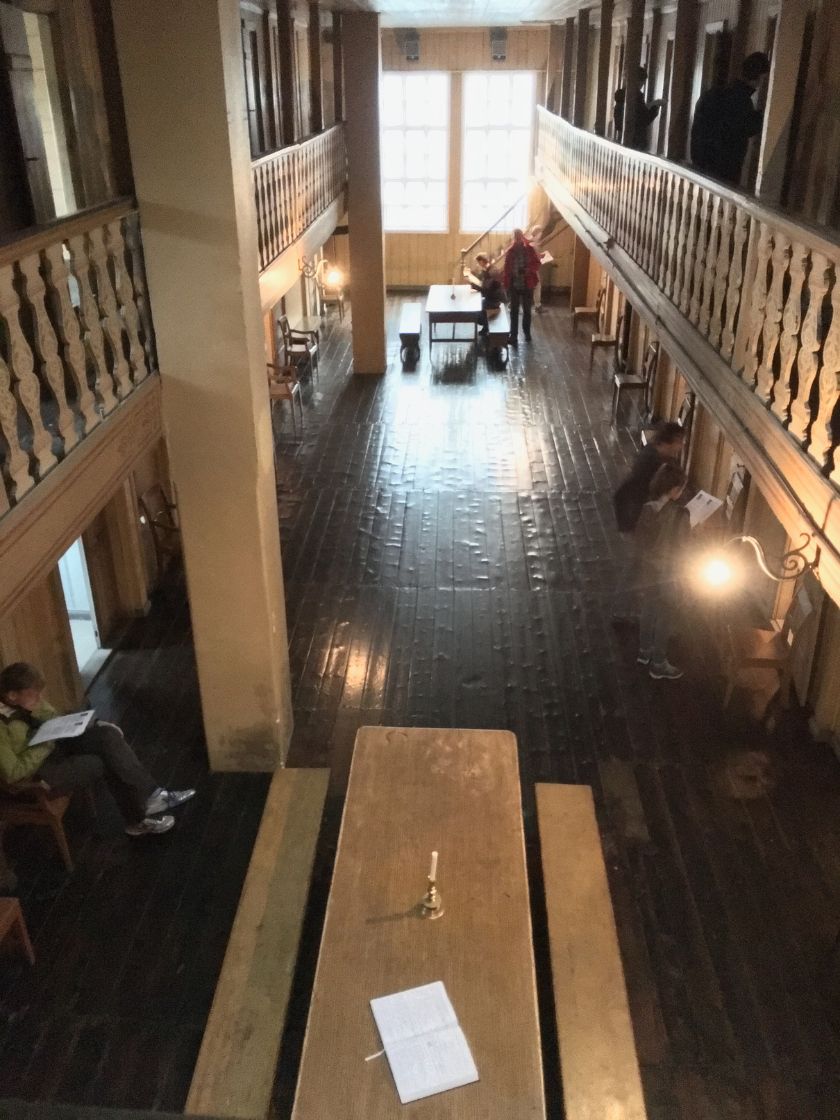
“Norway, the grand and fair… the last country where one would expect to meet with an awful disease as leprosy, is today in fact its European home.” – Elizabeth Garnett, British journalist, 1899
Birthplace of a Scientific Breakthrough
Leprosy is often called Hansen’s disease, a name that traces back to Bergen. In 1873, Norwegian physician Gerhard Armauer Hansen, working in the city, discovered the Mycobacterium leprae bacterium. It was the first time a bacterial cause had been identified for a chronic disease.
His work laid the foundation for modern bacteriology and transformed the medical understanding of infection.
You’ll find tributes to Hansen and his pioneering work throughout the museum. Together with his mentor Daniel C. Danielssen, Hansen turned Bergen into a global centre for leprosy research.
The story is told through exhibits that mix medical history with the personal experiences of those who lived and died within these walls.
What to Expect at the Museum
Open only in the summer season (typically mid-May to early September, from 11am to 3pm daily), the museum offers a haunting but powerful experience.
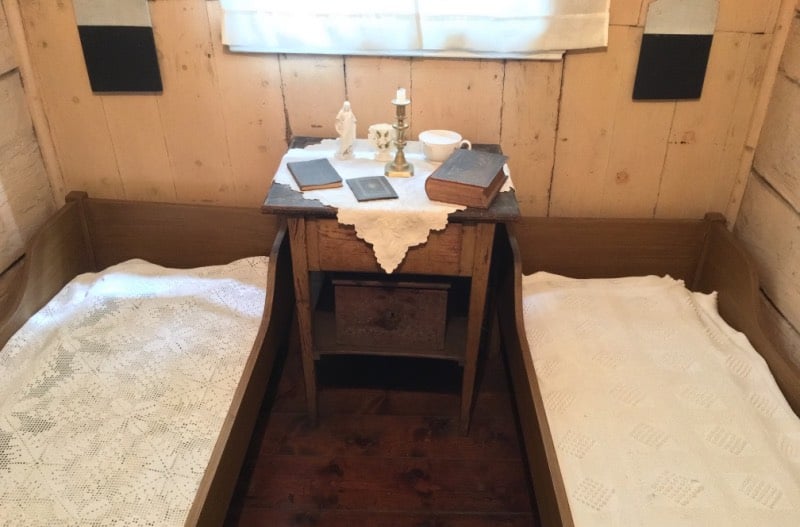
Stepping inside the dim, wooden corridors of the hospital, you are met with rows of tiny rooms. They were the original patient quarters, some just a few square metres in size.
A few are furnished with personal effects or recreated interiors, accompanied by moving biographies of former residents.
The hospital’s kitchen, storerooms, and other communal areas are also open to explore. A booklet in English is available at reception, which is helpful, as most wall texts are in Norwegian.
The small on-site exhibition includes medical equipment, drawings, and archival documents, all of which add layers of context to the patient stories.
One poignant exhibit includes names and data from the Norwegian National Leprosy Registry, which operated from 1856 until the 1950s. It remains one of the oldest disease-specific registers in the world and is now part of UNESCO’s Memory of the World programme.
Not for the Faint-Hearted
While the museum is deeply informative, visitors should be aware that some of the illustrations and written accounts are graphic and emotionally intense.
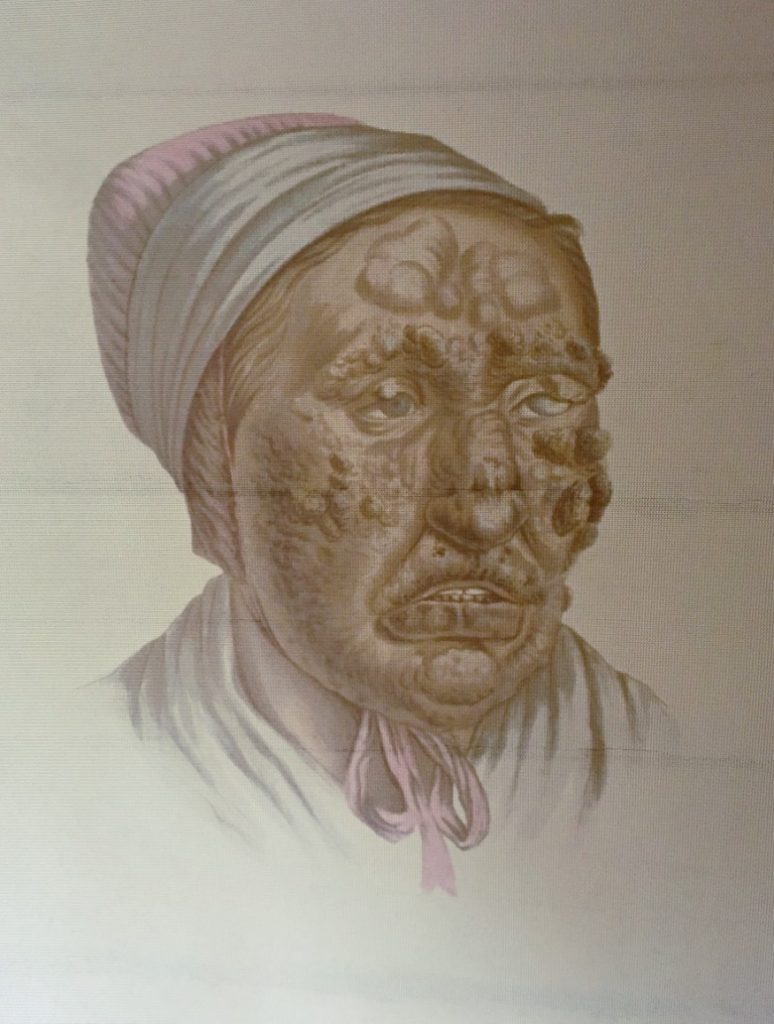
The realities of disfigurement, isolation, and societal stigma are presented without embellishment. Personally, I wouldn’t recommend bringing young children here.
One quote from the hospital’s chaplain in 1816 sticks with me: “A graveyard for the living.”
It’s a sombre description, but one that captures the mood of a place where so many lives ended in suffering and silence.
The Hospital Church
One often-overlooked highlight of the Leprosy Museum is the small wooden church that stands immediately next to the hospital building.
While modest in appearance, the church is rich in history and symbolism. It can be visited hourly during museum opening hours. Just ask at reception when you arrive to ensure you don’t miss your chance.
The church once served both the hospital and the wider community. Leprosy patients and members of the public worshipped here together, although it’s believed that the patients were seated separately, likely near the back or behind a partition.
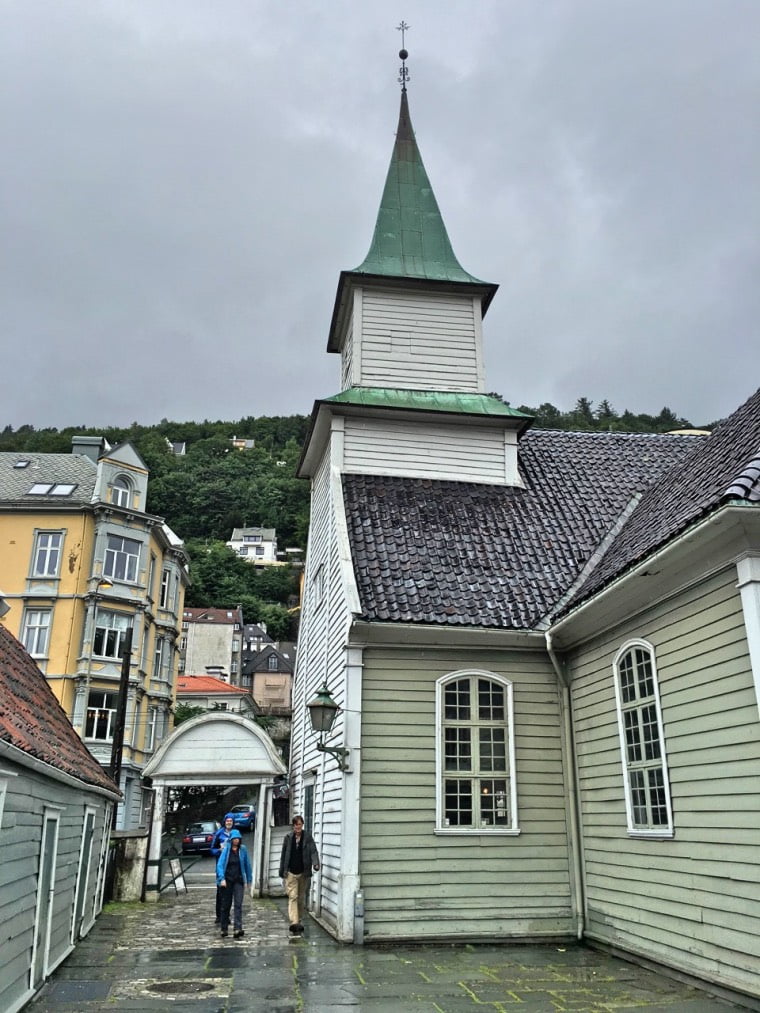
This subtle segregation speaks volumes about the delicate balance between compassion and fear in how society treated those with the disease.
Inside, the interior remains largely intact, with simple wooden pews, an elevated pulpit, and a small organ. The plainness of the space reflects the Lutheran traditions of the time, but knowing who once sat in the pews lends a profound emotional weight to the room.
This was not just a space for worship. For patients who spent years—sometimes decades—confined to the hospital, the church offered a rare connection to the outside world, a glimpse of normal life, and for some, a final resting place.
The cemetery that once adjoined the hospital grounds has long since disappeared, but its memory lingers. Standing inside the church, it’s hard not to reflect on the social isolation these patients endured.
Why You Should Visit
There are few places in Norway where scientific legacy, personal tragedy, and cultural history intersect so powerfully.
If you’re interested in Norway’s social history, the history of medicine, or just want to step off the well-trodden tourist path, Bergen’s Leprosy Museum is a must-visit. You won’t leave uplifted, but you will leave with a far deeper understanding of a hidden chapter in Norway’s past.


Interesting information about Bergen. My grandparents emigrated and my grandmother (on my Mothers side) came from Hegre, Norway while my Fathers side came from Miland. My grandmother always talked about Trondheim when I was a kid.
So interesting and I know today that Thalidomide is being used for those suffering from this disease.